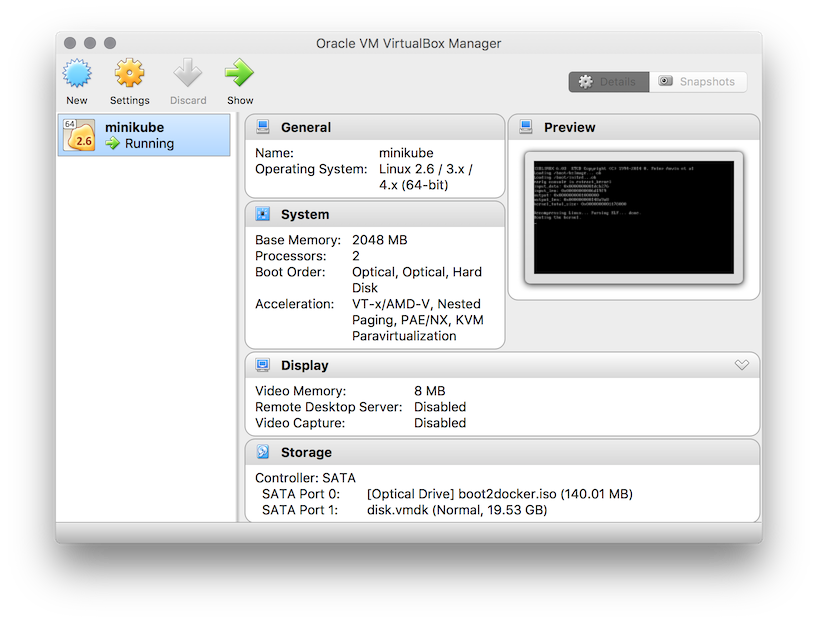

- DOCKER FOR MAC 17.12 CE EDGE MAC OS
- DOCKER FOR MAC 17.12 CE EDGE INSTALL
- DOCKER FOR MAC 17.12 CE EDGE PASSWORD
# show kubectl versionĬlient Version: version.Where are the docker images located once they are downloaded from docker hub in Mac OSX. You can switch between clusters at any time via GUI or command-line. Note, if you have already used minikube, you should now switch the cluster.
DOCKER FOR MAC 17.12 CE EDGE INSTALL
Activate Kubernetes now via “Enable Kubernetes” checkbox and install the Kubernetes cluster.Start Docker and follow the instructions.After successful download of DMG start the installation ( Replace the old version).Download Docker for Mac Edge Version… You can exit Docker for Mac while downloading.Caution, if you switch from stable to edge all Docker images and containers will be deleted! If you are already using the Edge version, skip the following steps 1 till 3. Kubernetes is currently only supported via Docker Edge.

Since I plan to further testing tutorials on this topic, this guide will serve as a basis. Since the current documentation is not so optimal, I try it in my own way. The newer versions of Docker for Mac actually bring everything for the use of Kubernetes.
DOCKER FOR MAC 17.12 CE EDGE MAC OS
$ kubectl get namespaces Steffen Lorenz Docker, Kubernetes, Mac OS X, macOS Kubernetes with Docker for Mac $ kubectl delete pod -force -namespace qa-namespace $ kubectl delete service jenkins-service -namespace qa-namespace If you want to clean up, proceed as follows. $ kubectl logs -f -namespace qa-namespace $ kubectl exec -namespace qa-namespace - cat /var/jenkins_home/secrets/initialAdminPassword
DOCKER FOR MAC 17.12 CE EDGE PASSWORD
$ open Whatever way you prefer, you need the initial admin password for Jenkins and/or you may need to see logs. $ kubectl describe service jenkins-service -namespace qa-namespace | grep NodePort $ kubectl get service jenkins-service -namespace qa-namespace $ kubectl get services -namespace qa-namespace $ kubectl expose pod -namespace=qa-namespace -type=NodePort -name jenkins-service This possibility is recommended only for local environments! For example on AWS you use load-balancer and there the way is a little bit different. $ open The 2nd way is to expose a service. $ kubectl port-forward 8080:8080 -namespace=qa-namespace # create port-forward to specific namespace Probably the easiest option to do that is a simple port-forward. Jenkins is already running but you cannot access Jenkins without one important step! You need to configure the network routing. $ kubectl describe pod -namespace qa-namespace $ kubectl get pods -namespace qa-namespace $ kubectl create -f ~/Projects/KubernetesJenkins/namespace.yml Let’s go – start Jenkins container on Kubernetes # show nodes (optional) $ mkdir -p ~/Projects/KubernetesJenkins & cd ~/Projects/KubernetesJenkins For example, this tutorial uses 2 YAML files. That’s may confusing for advanced peoples or experts but it should help beginner to get in that topic. I will try to describe with very basic steps the tutorial. If you haven’t Kubernetes running yet, feel free to have a look on my previous tutorial. Now we will deploy Jenkins-Docker on local Kubernetes.


 0 kommentar(er)
0 kommentar(er)
